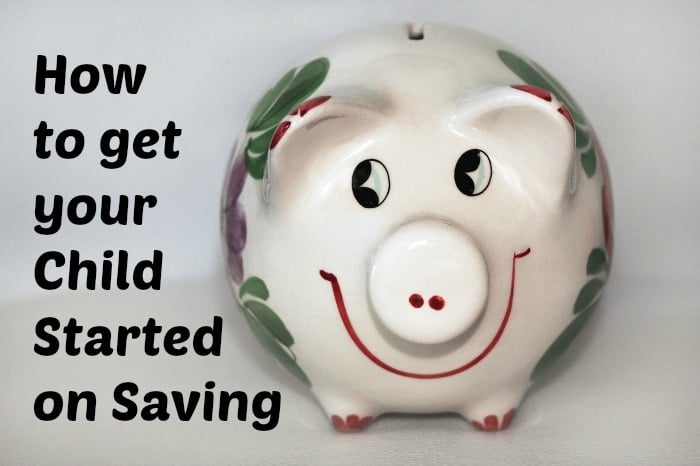As a parent, one of our primary motivations is to provide for our children, and to ensure that the household finances are secure. The most obvious way to do so is to save diligently. Both us and future generations are experiencing increasingly expensive times ours and the last thing we want is for our youngsters to have a less than prosperous future. A recent study revealed that 68% of people living in the UK believe that today’s children will be worse off when they become adults than today’s generation are.

Some of this financial burden will naturally fall on us as parents, so it’s time to get creative with our approach. One of the more underrated tactics is to give our children a hands-on role in the savings process by getting them in on the act. And aside from it being a method of teaching children good financial habits and allowing them to experience the satisfaction which comes with saving, the market is actually geared towards offering up some decent rewards – especially if you look at the interest rates for the Junior ISA and children’s savings accounts.
How do Junior ISAs work?
Junior ISAs are available for anyone under the age of 18, and allow a maximum annual contribution of £4,080 each tax year. The big benefit, of course, is that returns from money held in a Junior ISA are tax-free. They are split into two main categories; namely Cash and Stocks & Shares. The former is essentially risk free in that funds up to the value of £75,000 are covered by the Financial Services Compensation Scheme. Junior stocks & shares ISAs are geared for investments, and returns clearly depends on their performance.
In addition to being tax-free year after year, the significant benefit (or disadvantage, depending on your perspective) is that the money is locked away until your child turns 18 – after which it automatically converts into a standard ISA. Clearly by eliminating the temptation of withdrawing funds, a Junior ISA acts as a means of guaranteeing your child a kickstart to adult life.
You are also free to switch ISA provider during the year to benefit from better rates. In addition, if you as a parent are giving money to your child, it is best to do so through a Junior ISA, as any earnings from this in excess of £100 per year would otherwise be taxed at your marginal rate of tax.
As they get older they may want to use the money they saved in their ISA’s, or at least part of it, towards other more ‘grown-up’ ways of obtaining money, for example, investing has grown over the years with new ways in which people can put their money into stocks and shares through online platforms, there are resources like investment platform reviews fuelling their decisions so they can make the best choice for their current situation. All you can do is offer them informative advice as the years go on and hope that they can take that on board when it is time for them to manage their own money.


Children’s savings accounts
Despite the tax benefit of Junior ISAs, it doesn’t necessarily mean they are the best way to go. There are numerous kids’ savings accounts which offer easy access and withdrawals, and more importantly rates of return up to 3 per cent.
And the big advantage is that children’s savings accounts can, in essence, offer up tax efficiencies that compare favourably with those of Junior ISAs. Although interest isn’t directly tax-free in the same way, each child can actually earn up to £17,000 each year without having to pay tax on it. That’s because they enjoy a personal allowance of £11,000, a £5,000 starting savings allowance, and an extra £1,000 courtesy of the new Personal Savings Allowance. It thus offers a huge shield, and, depending on returns at the given time, could negate any benefits of the Junior ISA by comparison.
Equipping your kids for the future
Whichever way you decide to go, it’s important to give it some careful thought, and to involve your child(ren) as much as possible in the process. As for adults, when they face financial troubles that arise from a tax resolution irs tax lien, they can find help from their close ones or hire tax experts to help them. However, having a savings account for children may be advantageous to them in the future. The art of saving is something that really can’t be taught early enough, and it’s as much about arming your kids with the skills and savvy for saving as it is the actual money that results from it.
When they grow up, they’ll face a wholly more complex set of choices when it comes to savings and investments. Even within ISAs alone there are handy options like Help to Buy and Lifetime ISAs, while for those looking for something of a hybrid between saving and investing, there is the Innovative Finance ISA, which is geared towards peer-to-peer lending.
But these are all decisions for your children to make down the line. For now, it’s all about getting the right foundations in place and creating a sensible way of thinking. Tick these boxes, and they’ll likely be on the right track towards building a solid future for themselves.
contributed post







This reminds me I really need to get the kids savings accounts set up!
I can’t wait to start teaching my kids about money. Best to start early.